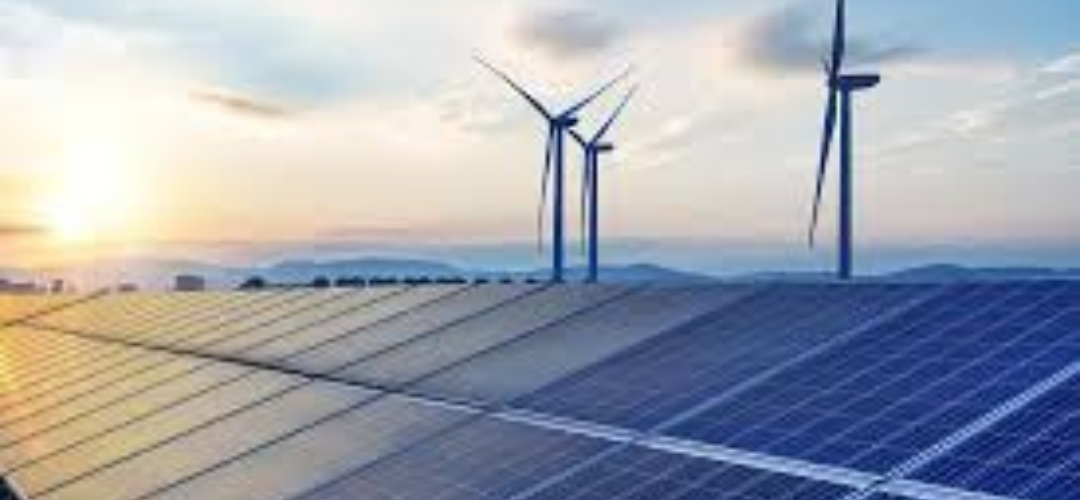For a variety of reasons, the phasing out of fossil fuels cannot occur overnight. As India’s electricity demand skyrockets, thermal capacity must be expanded first, followed by a transition to renewables. While the north of the nation is experiencing harsh winter, causing people to stay indoors and turn on heaters, the south of the peninsula is seeing a spike in mercury above 35 degrees Celsius, requiring the power industry to prepare for increased electricity consumption.
India has set a 500GW target for 2030, with an annual addition of 50GW to achieve it. Based on previous progress, the aim is tough to attain. However, due to tender formats and the time required for early mobilization, one should not expect a greater aim during the initial phase. As time passes, the aim set becomes more manageable, yet ambitious. The government imposed a 40% tariff on Chinese solar module importers, which initially slowed the market. Due to this restriction, the country could only add 6.6GW in the first half of the fiscal year 2023-24, which is less than 15% of the annual target. As a result, the government has dialled back the process, and this initial setback is expected to be compensated to a large extent by the end of the fiscal year.
Commercial and industrial sectors require electricity during non-solar hours as well, thus they cannot rely solely on the renewable energy sector. As a result, adding thermal capacity and at least 50% more capacity than envisaged in wind projects is required to satisfy electricity demand. Green hydrogen is another important aspect of the renewable energy economy. The National Green Hydrogen Mission has set aside Rs 19,744 crore from FY24 to FY30 to reduce India’s reliance on fossil fuels. By 2030, the government expects to cut down on a total of Rs one trillion in fossil fuel imports as well as almost 50 million tons in yearly greenhouse gas emissions. It is encouraging to see that twenty firms, including Reliance, Larsen & Toubro, Jindal India, and Adani Group, have applied for subsidies to produce electrolysers under the government’s green hydrogen initiative.
According to the National Electricity Plan, India would need to invest around 929,500 crores INR (112,000 million USD) by 2030 to meet its renewable energy ambitions. This is nearly double the projected outlay for the education sector and ten times the planned outlay for the irrigation sector for the fiscal year 2023-24. The country’s peak demand for electricity reached a record 239.9 GW in September. This has reminded the Indian power sector that the role of thermal power is still critical in meeting peak load demand, and so plans to build 80GW in this sector by 2030, accounting for more than half of the total projected expansion.
The government’s initiative to auction off new coal blocks and operationalize mines coincides with the surge in electricity consumption during peak times. Electricity storage is a serious technological and economic problem, and India must make significant progress to fulfill this challenge. According to the International Monetary Fund, investment in the developing economy’s RE sector is substantially lower than that of the fossil fuel industry, and strengthening the RE sector globally would require four times the investment of the fossil fuel sector.















Add comment